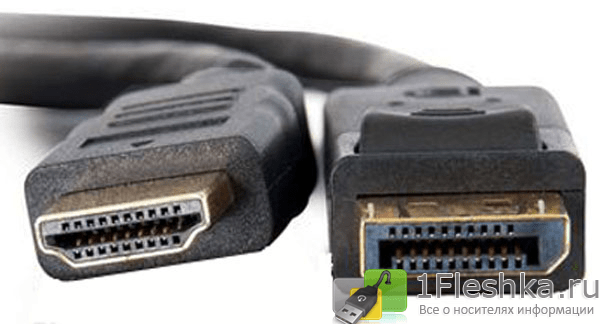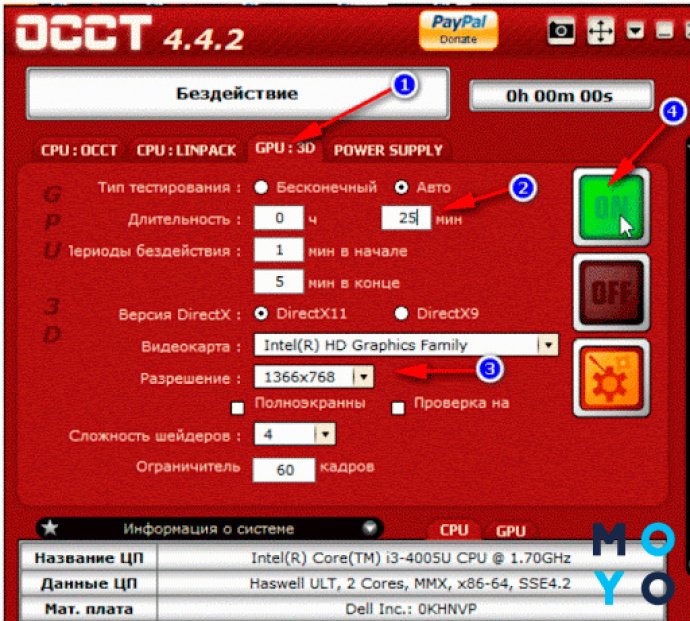
DisplayPort or HDMI - which one to choose? Which video connector is better?
Content
- DisplayPort - general information about the interface
- HDMI is older and no less famous. What is worth knowing?
- Availability of DisplayPort in various devices
- Technical details of the DisplayPort interface
- Types of HDMI connector and its occurrence
- Technical details of the HDMI interface
- HDMI vs DisplayPort. What to choose?
Not only the hardware itself has a significant impact on the performance of computers. While the graphics card, processor, and amount of RAM do determine the user experience, cables also make a big difference. Today we will look at video cables - DisplayPort and the well-known HDMI. What are the differences between them and how do they affect the daily use of the equipment?
DisplayPort - general information about the interface
The common features of these two solutions is that they are both a digital form of data transmission. They are used for both audio and video transmission. DisplayPort was implemented in 2006 through the efforts of VESA, the Video Electronics Standards Association. This connector is capable of transmitting and voicing from one to four so-called transmission lines, and was designed to interconnect a computer with a monitor and other external displays such as projectors, wide screens, Smart TVs and other devices. It is worth emphasizing that their communication is based on mutual, mutual data exchange.
HDMI is older and no less famous. What is worth knowing?
High Definition Multimedia Interface is a solution developed in 2002 in collaboration with seven major companies (including Sony, Toshiba and Technicolor). Like its younger brother, it is a tool for digitally transferring audio and video from a computer to external devices. With HDMI, we can really connect any device with each other, if they are designed in accordance with this standard. In particular, we are talking about game consoles, DVD and Blu-Ray players and other devices. It is estimated that more than 1600 companies around the world currently manufacture equipment using this interface, making it one of the most popular solutions in the world.
Availability of DisplayPort in various devices
First, all data sent through this interface is protected from unauthorized copying using the DPCP (DisplayPort Content Protection) standard. The audio and video protected in this way is transmitted using one of three types of connector: standard DisplayPort (used, among other things, in multimedia projectors or graphic cards, as well as monitors), Mini DisplayPort, also marked with the abbreviation mDP or MiniDP (developed by Apple for MacBook , iMac, Mac Mini and Mac Pro, used mainly in portable devices from companies such as Microsoft, DELL and Lenovo), as well as micro DisplayPort for the smallest mobile devices (can be used in some phone and tablet models).
Technical details of the DisplayPort interface
Interesting how to connect laptop to monitor using this interface, the specification of this standard cannot be skipped. Its two newest generations were created in 2014 (1.3) and 2016 (1.4). They offer the following data transfer options:
Version 1.3
Nearly 26Gbps bandwidth delivers 1920x1080 (Full HD) and 2560x1440 (QHD/2K) resolutions at 240Hz, 120Hz for 4K and 30Hz for 8K,
Version 1.4
The increased bandwidth up to 32,4Gbps delivers the same quality as its predecessor in Full HD, QHD/2K and 4K. The main difference between them is the ability to display images in 8K quality at 60 Hz using a lossless video transmission technology called DSC (Display Stream Compression).
Previous standards such as 1.2 offered lower bit rates. In turn, the latest version of DisplayPort, released in 2019, offers bandwidth up to 80 Gbps, but its wider adoption is yet to be.
Types of HDMI connector and its occurrence
The transmission of audio and video data according to this standard occurs over four lines, and its plug has 19 pins. There are a total of five types of HDMI connectors on the market, and the three most popular ones differ in a similar way to DisplayPort. These are: type A (HDMI standard in devices such as projectors, TVs or graphics cards), type B (i.e. mini HDMI, often found in laptops or disappearing netbooks and a small part of mobile devices) and type C (micro- HDMI). HDMI, found only on tablets or smartphones).
Technical details of the HDMI interface
The last two HDMI standards, i.e. versions 2.0 in different versions (the most widely used in 2013-2016) and 2.1 from 2017 are able to provide a satisfactory audio and video transfer rate. The details are as follows:
HDMI 2.0, 2.0a and 2.0b
It offers bandwidth up to 14,4Gbps, Full HD head for 240Hz refresh, as well as 144Hz for 2K/QHD and 60Hz for 4K playback.
HDMI 2.1
Nearly 43Gbps total bandwidth, plus 240Hz for Full HD and 2K/QHD resolution, 120Hz for 4K, 60Hz for 8K, and 30Hz for huge 10K resolution (10240x4320 pixels).
Older versions of the HDMI standard (144Hz at Full HD resolution) have been replaced by newer and more efficient ones.
HDMI vs DisplayPort. What to choose?
There are a number of other features that affect the choice between the two interfaces. First, not all devices support DisplayPort, and others have both. It should also be noted that DisplayPort is a more energy efficient standard, but unfortunately lacks ARC (Audio Return Channel) functionality. There are predictions that it is precisely because of low power consumption that equipment manufacturers will give priority to DisplayPort. In turn, an important advantage of HDMI is a higher data throughput - in the latest version it is capable of transmitting almost 43 Gb / s, and the maximum DisplayPort speed is 32,4 Gb / s. AvtoTachkiu's offer includes cables in both versions, the prices of which start from a few zlotys.
When making a choice, you should think first of all about the type of tasks that you will perform. If we want to update the screen with the highest possible quality as quickly as possible, the choice will definitely fall on HDMI. On the other hand, if we focus on energy efficiency and the future development of DisplayPort, which will happen very soon, this alternative is worth considering. We also have to remember that a higher maximum bandwidth of a given interface does not necessarily mean better quality for the same video played on each of them.
Cover photo:
